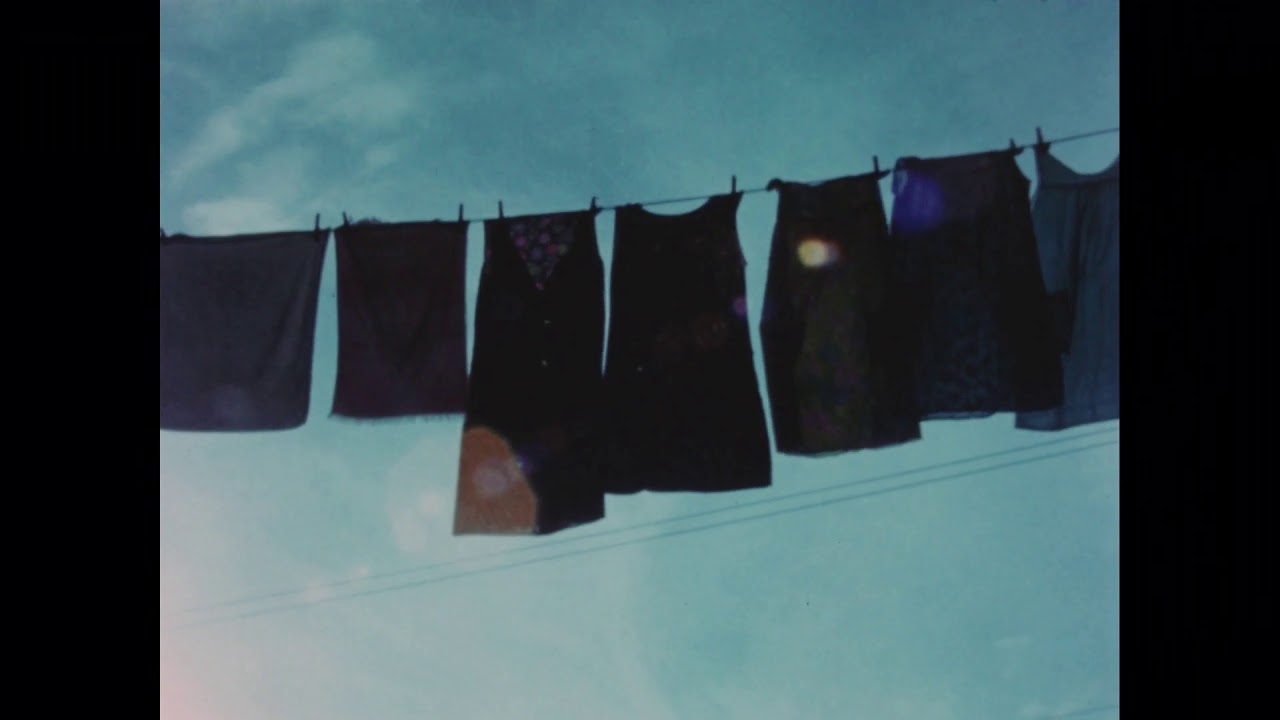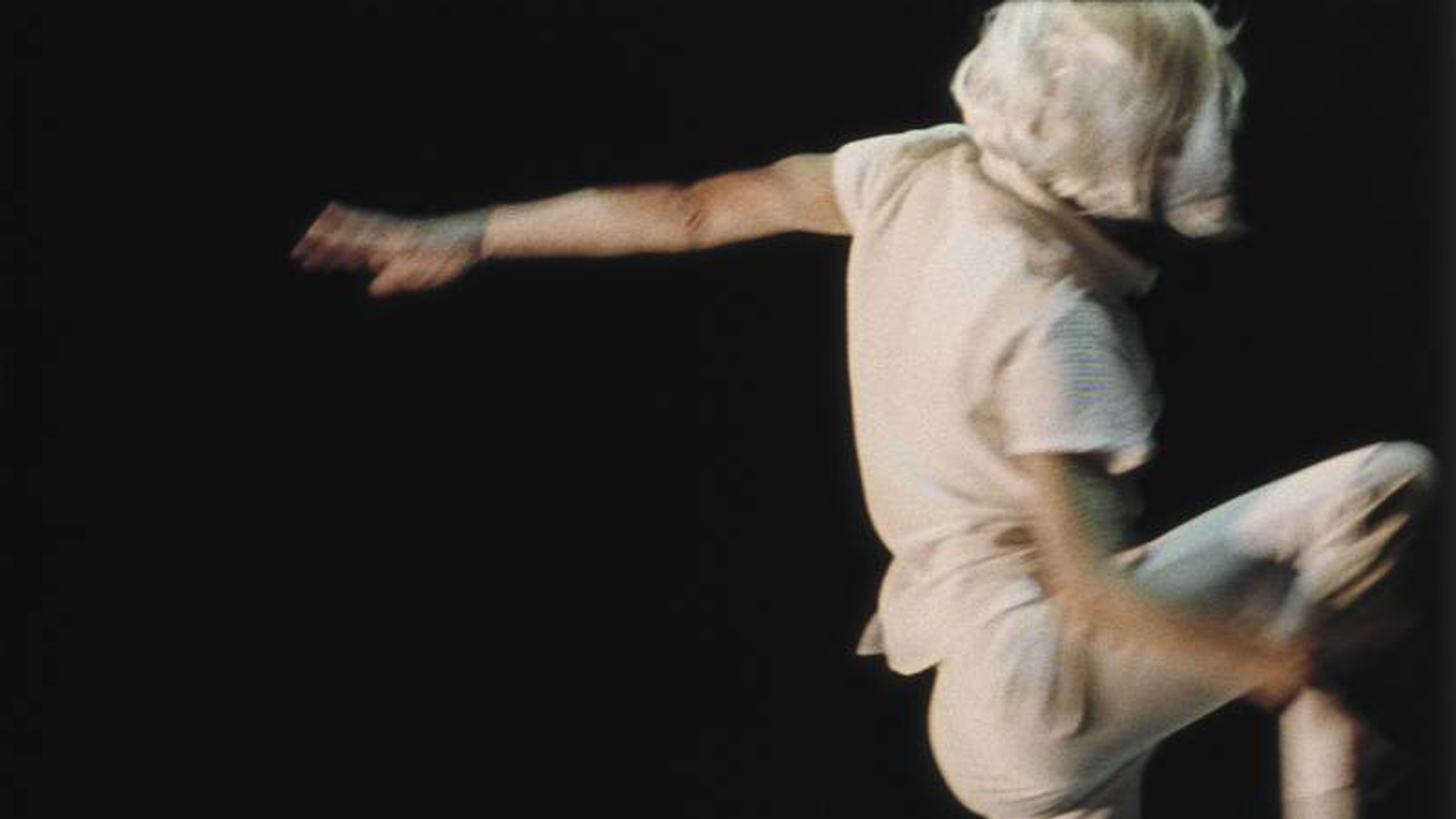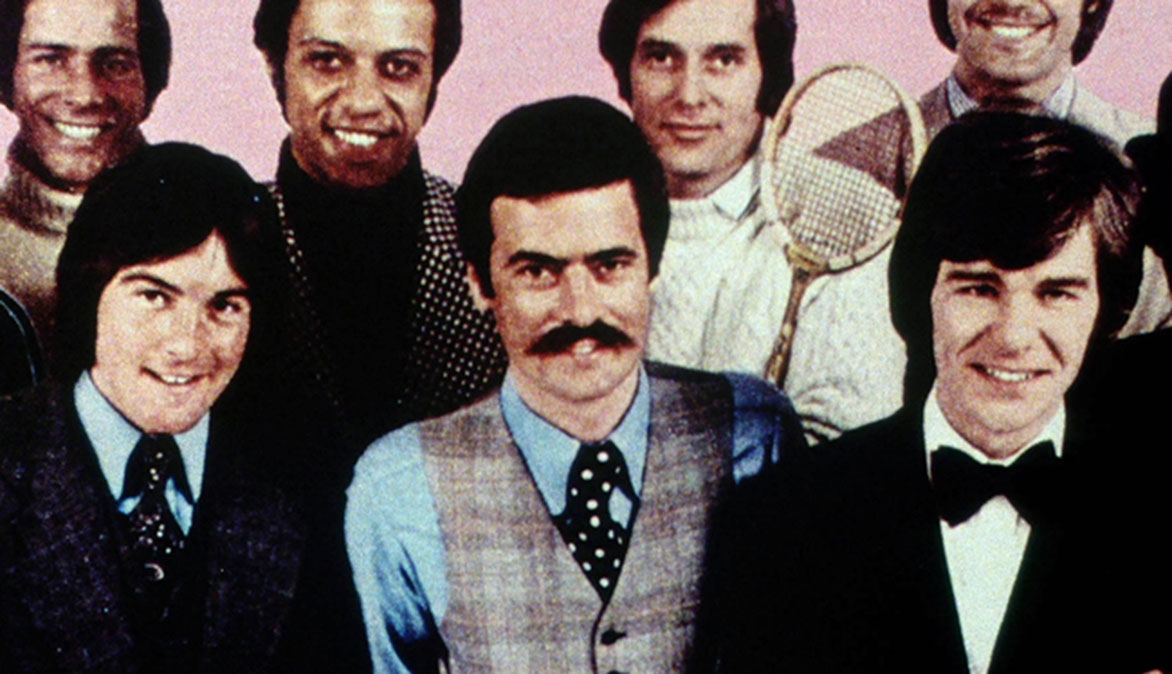
Associations
March 23 · Knoxville Museum of Art · 10:30 A.M.
90 minutes. There will also be a brief intermission during the reel change.
It’s tempting to believe today that all visual media is readily available with the click of a mouse — if not for free on YouTube then via a small monthly subscription fee or rental charge. In fact, much of the deep canon of experimental cinema exists only on celluloid, stored away in various museums, libraries, galleries, archives, and artist co-ops. Hence our excitement about hosting three of the shorts programs from the touring Canyon Cinema 50 series. Together they provide a masterclass in the history of American avant-garde cinema.
Associations brings together Canyon films that explore the syntax and expressive potential of their medium. It is titled after John Smith’s 1975 film, a joyfully dense rebus-like image-word construction. Smith’s film is preceded by Sara Kathryn Arledge’s rarely seen 1958 work What is A Man, a film years ahead of its time, and Mark Toscano’s 2012 piece Releasing Human Energies, which utilizes film laboratory test footage of a “China Girl” set to a found text read by Morgan Fisher. The program also features Abigail Child’s classic 1989 film Mercy, from her celebrated “Is This What You Were Born For?” series; canonical works by Phil Solomon, Barbara Hammer, Robert Breer, and Robert Nelson; and two recent restorations: the humorously poignant Confessions by Curt McDowell and Akbar, Richard Myers’ extraordinary 1970 portrait of young black filmmaker and student, Akbar Ahmed
The Canyon Cinema at 50 program will be projected in 16mm. New prints are noted with an asterisk (*).
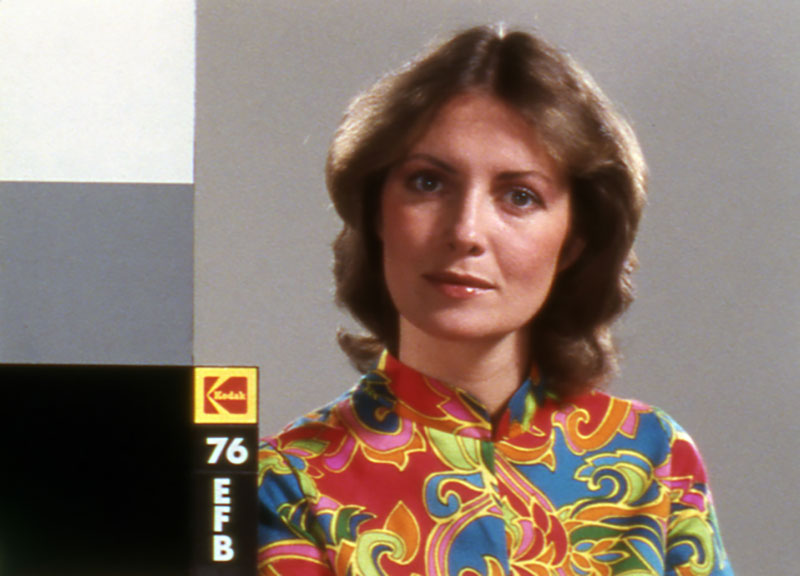
Releasing Human Energies *
Mark Toscano, 2012, 5.5 minutes, color, sound
A film about control. A refinement of energy for purposes of conserving resources, materials, impetus, potential, so they might all be narrowly channeled toward an unquestioned goal of maximum profit with minimum waste. Capitalism, in this example, as a process of understanding how to make use of someone as efficiently as possible to get the most out of them that is desired. Instructions for keeping people on task. (Mark Toscano)
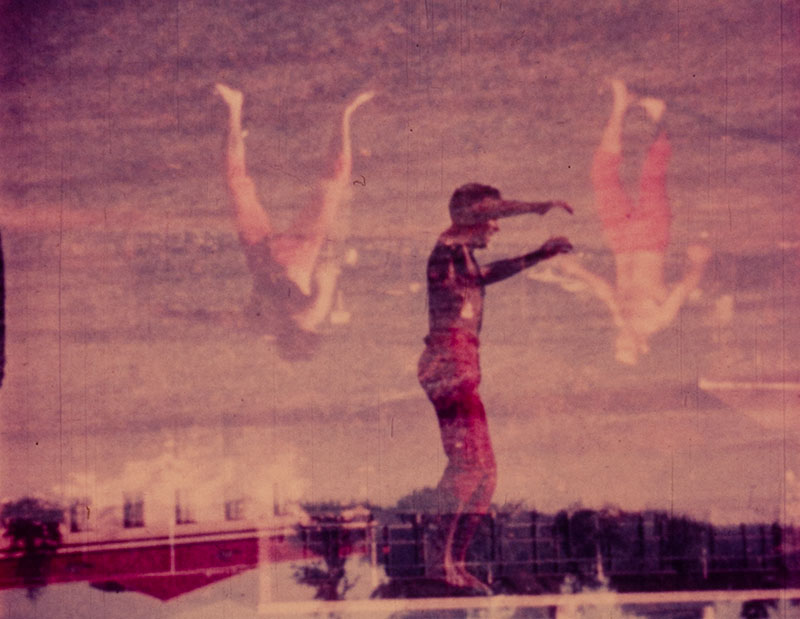
What is a Man?
Sara Kathryn Arledge, 1958, 10 minutes, color, sound
What is a Man? propels Sara Kathryn Arledge from the realm of formal experimentation to social satire. Made with a remarkably sharp wit and a trenchant, mocking view of gender conventions, Arledge gives us a work far ahead of its time. Begun in 1951, Arledge received the first Creative Film Foundation award (established by Maya Deren) for script development in 1956 and completed the film in 1958. It was not until Nelly Kaplan’s also neglected feature A Very Curious Girl (1969) that women’s cinema would once again celebrate such a spirited, subversive artist. (Bill Nichols)
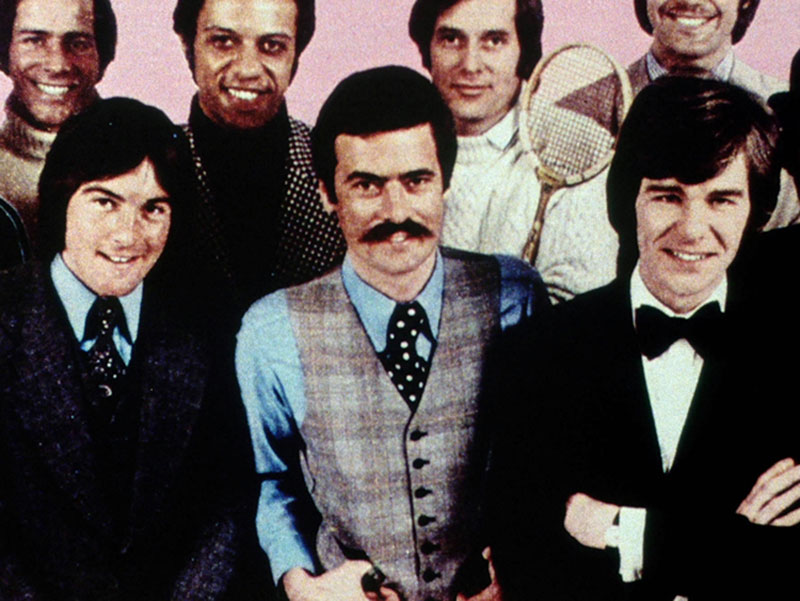
Associations
John Smith, 1975, 7 minutes, color, sound
Images from magazines and colour supplements accompany a spoken text taken from “Word Associations and Linguistic Theory” by Herbert H. Clark. By using the ambiguities inherent in the English language, Associations sets language against itself. Image and word work together/against each other to destroy/create meaning. (John Smith)
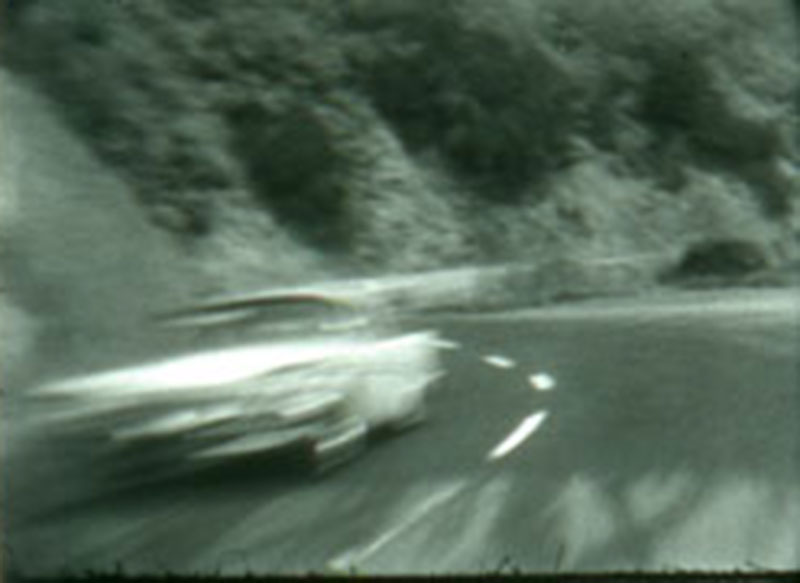
Hot Leatherette *
Robert Nelson, 1967, 5 minutes, B&W, sound
Preserved by the Academy Film Archive. A kinetic film sketch designed to involve the viewers muscles. The rocky seaside cliffs near Stinson Beach, California, hold the wrecked carcass of a #52 pickup that is a rusting monument to Hot Leatherette. (Robert Nelson)
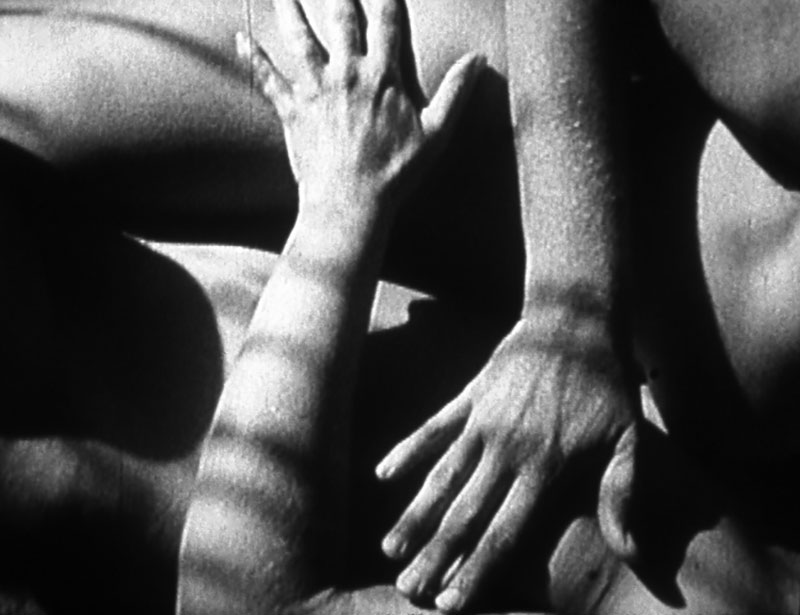
Dyketactics
Barbara Hammer, 1974, 4 minutes, color, sound
A popular lesbian “commercial,” 110 images of sensual touching montages in A, B, C, D rolls of “kinaesthetic” editing. (Barbara Hammer)
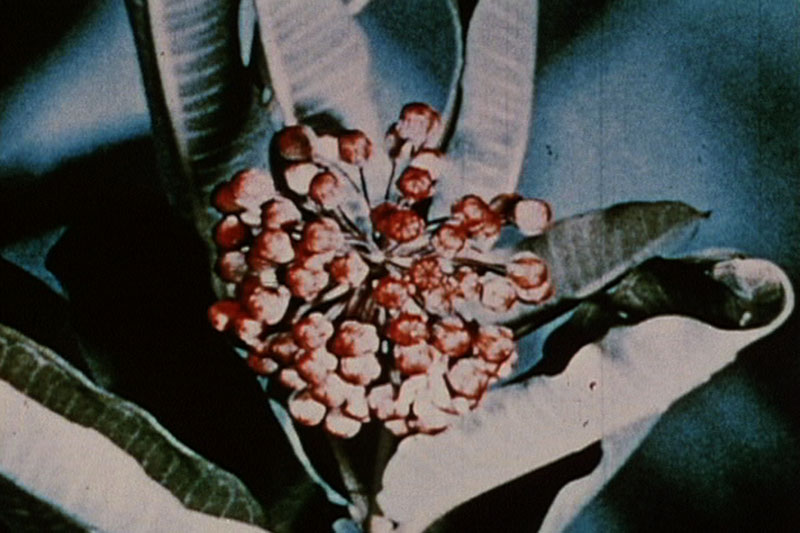
Flower, The Boy, The Librarian
Stephanie Barber, 1997, 5 minutes, color, sound
It’s a love story, with the usual dashing figures and old habits of spelling, repetition and listing. (Stephanie Barber)
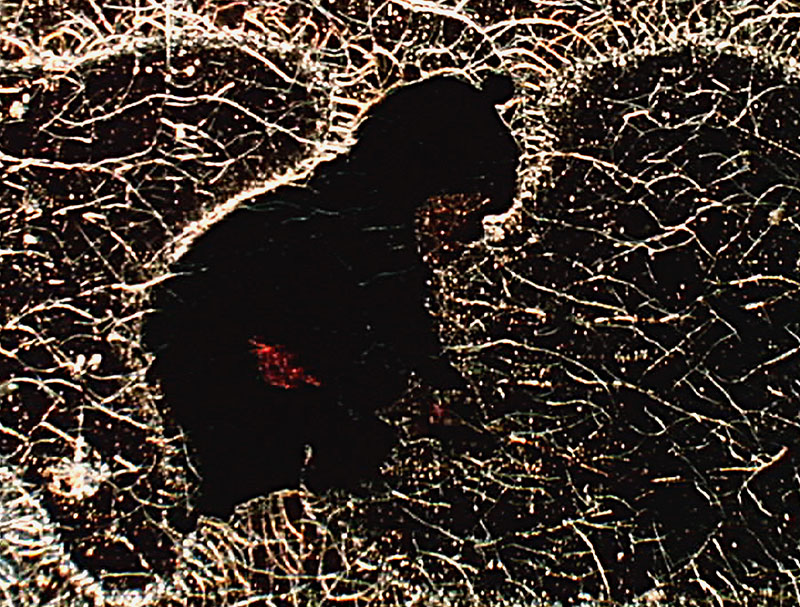
The Snowman
Phil Solomon, 1995, 8 minutes, color, sound
A meditation on memory, burial and decay – a belated kaddish for my father. (Phil Solomon)
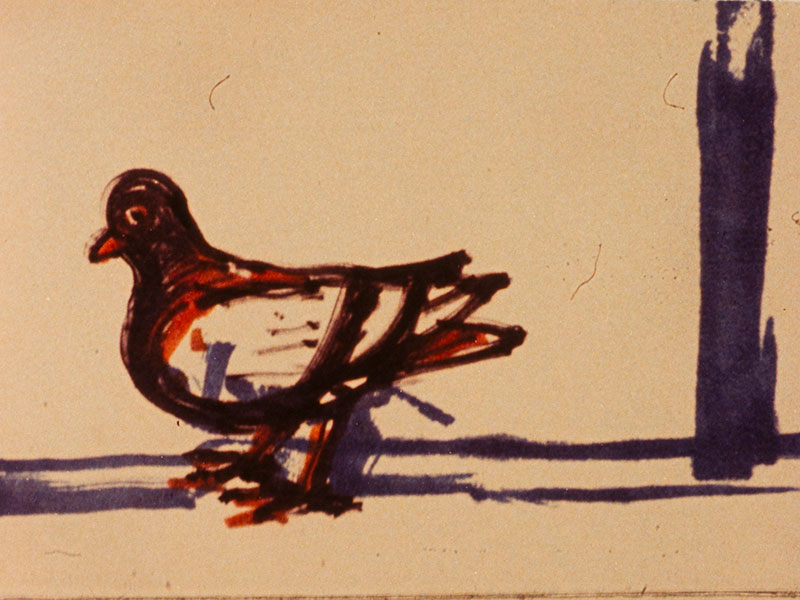
Swiss Army Knife with Rats & Pigeons *
Robert Breer, 1981, 6 minutes, color, sound
A typically bravura and delightful display of simple objective forms flashing, rotating, and dissolving into abstraction. (J. Hoberman)
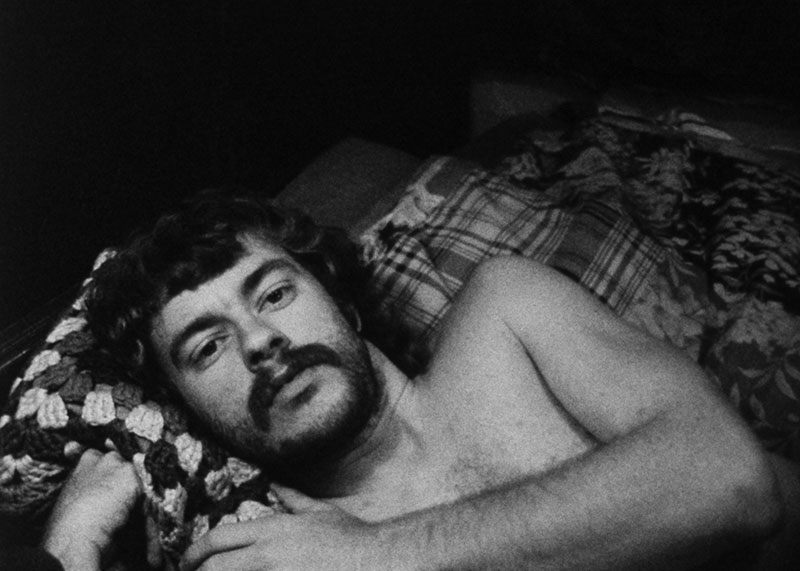
Confessions *
Curt McDowell, 1971, 11 minutes, B&W, sound
Preserved by the Academy Film Archive. As part of a “legendary body of work that is wildly life-affirming, bawdy, tender, often hilarious, sassy and frequently penetrating” (Mark Toscano), the nakedly personal Confessions, made while Curt McDowell (1945-1987) was a graduate student in San Francisco, opens with the filmmaker looking into the camera while directly addressing his parents (who never did see the film) as he tenderly admits to childhood thefts and lies, drinking and taking drugs, and bluntly describes his varied sexual experiences.
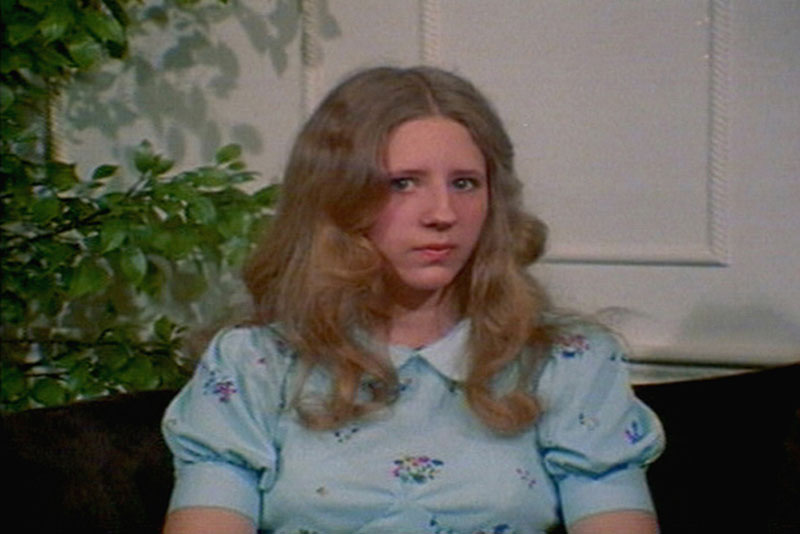
Thine Inward-Looking Eyes
Thad Povey, 1993, 2 minutes, color, sound
To paraphrase something Lao Tzu didn’t say: This film’s an empty cup — You fill it up. (Thad Povey)
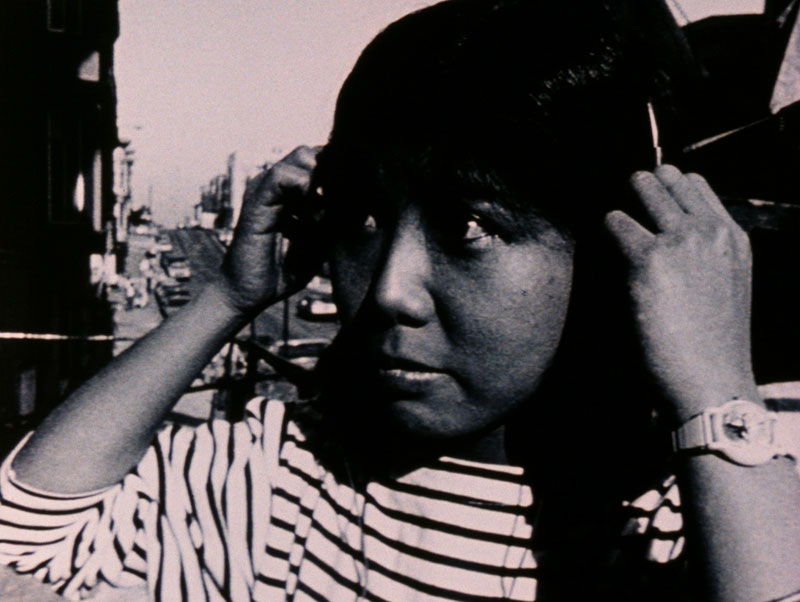
Mercy *
Abigail Child, 1989, 10 minutes, color, sound
The final film in Abigail Child’s seven-part series “Is This What You Were Born For?”, Child has described Mercy as “dissecting the game mass media plays with our private perceptions.” Child masterfully composes a rhythmic collage of symmetries and asymmetries in a fluid essay that forefronts the treatment of the body as a mechanized instrument – placing the body in relation to the man-made landscape of factories, amusement parks and urban office complexes. With vocals performed by Shelley Hirsch. (from abigailchild.com)
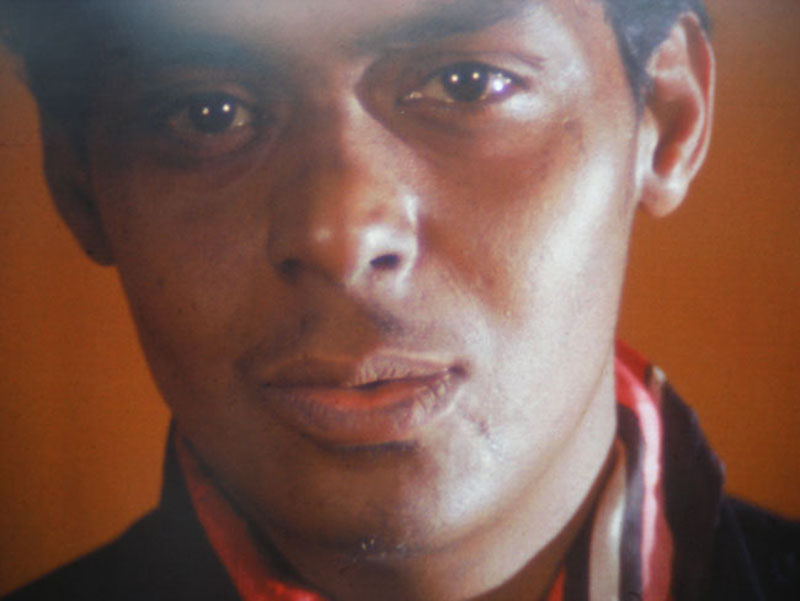
Akbar *
Richard Myers, 1970, 16 minutes, color, sound
Preserved by the Academy Film Archive. A conversation with a friend – Ahmed Akbar. A short interview-type film portrait with Akbar, a black filmmaker and former student of mine at Kent State. Akbar expresses an unusual and exciting view of himself/blacks in America/and such varied subjects as “this moon race shit!” A friendly, lively, exciting portrait of a very extraordinary person from Akron, Ohio. (Richard Myers)
About Canyon Cinema
Canyon Cinema 50 is a yearlong celebration of Canyon Cinema’s fifty years as one of the world’s preeminent distributors of artist made film and media. Canyon Cinema’s unique collection of artist-made films – comprised of digital media, 8mm, Super 8, 16mm and 35mm prints – traces the vital history of the experimental and avant-garde filmmaking movements from 1921 to the present. With a strong emphasis on American West Coast and San Francisco Bay Area filmmakers, Canyon Cinema is the access point to 3,400 ground-breaking works that represents 260 artists.
Canyon Cinema began in filmmaker Bruce Baillie’s Canyon, California backyard in 1961 as a forum for filmmakers to share work with each other and the community. In late 1966, the filmmakers founded Canyon Cinema Co-op. as a distribution company – established as a cooperative, owned and operated by filmmaker members (it was formally incorporated in 1967).

